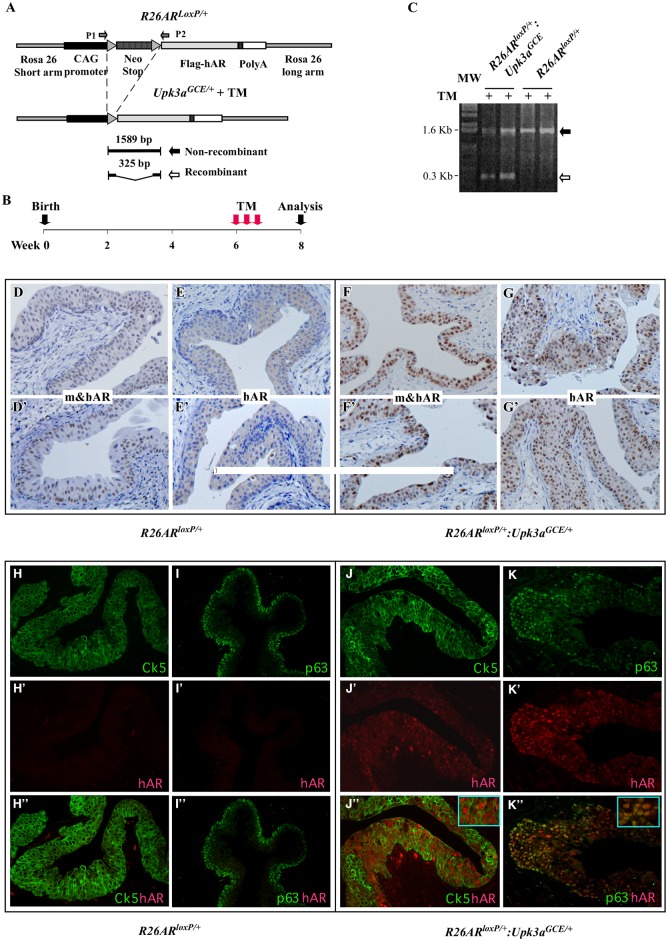Fig 2. Upk3aGCE/+ drives conditional expression of the human AR transgene in mouse bladder urothelium.
(A) Schematic depicting the Cre/LoxP-mediated recombination, resulting in deletion of the STOP cassette from the R26AR transgene allele. (B) Experimental set-up for tamoxifen-induced human AR transgene expression. (C) Genomic PCR analyses of recombination events with specific primers for the human AR transgene allele (see Fig 2A) with bladder urothelium tissue samples of R26ARLoxP/+Upk3aGCE/+ and R26ARLoxP/+ mice. The AR trangene allele was detected in the samples of both R26ARLoxP/+Upk3aGCE/+ and R26ARLoxP/+ mice (black arrow), but TM induced recombination on the AR transgene allele was only observed in R26ARLoxP/+Upk3aGCE/+ mice (white arrow). (D-F’) Immunohistochemical staining of the bladder urothelium of TM injected R26ARLoxP/+ mice using either the antibody that is reactive to both mouse and human AR protein (m&hAR), or the antibody that is reactive to only human AR (hAR) (n = 9). (F-G’) Immunohistochemical staining of the bladder urothelium with the two different AR antibodies as described above using the samples of TM-injected R26ARLoxP/+Upk3aGCE/+ mice (n = 12). (H-K”) Single channel and merged immunofluorescent images of bladder tissues of TM-injected R26ARLoxP/+ and R26ARLoxP/+Upk3aGCE/+ mice stained with antibodies against CK5 p63, and the human AR (in red) (n = 6).

